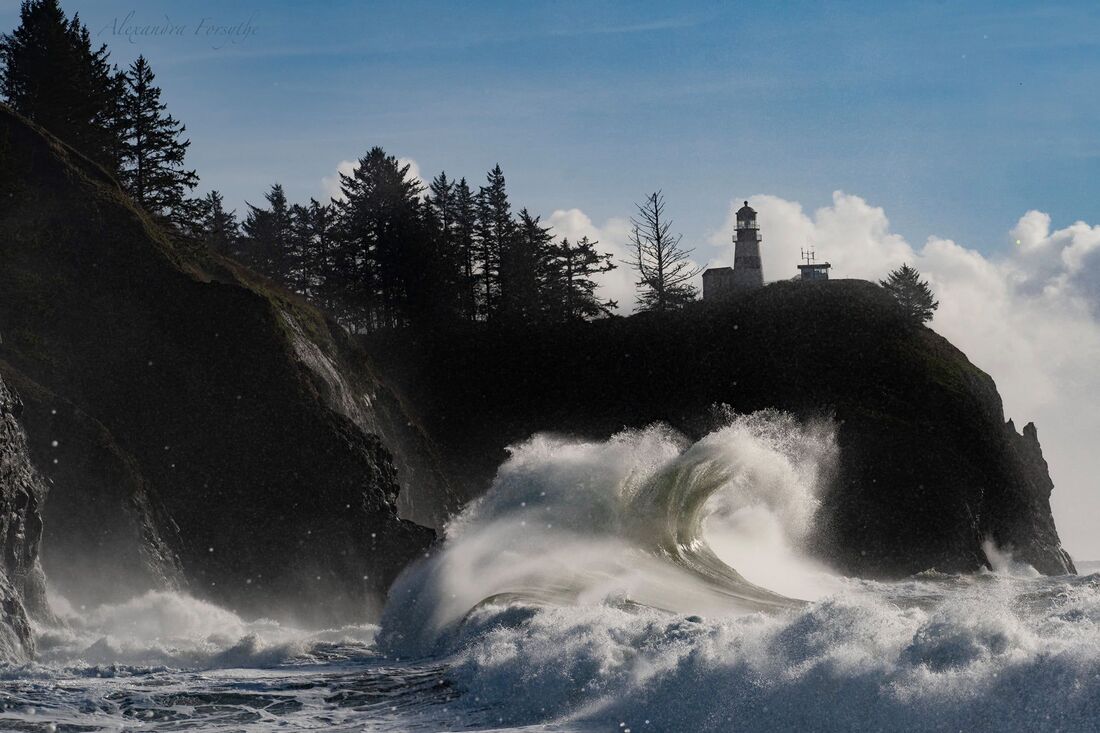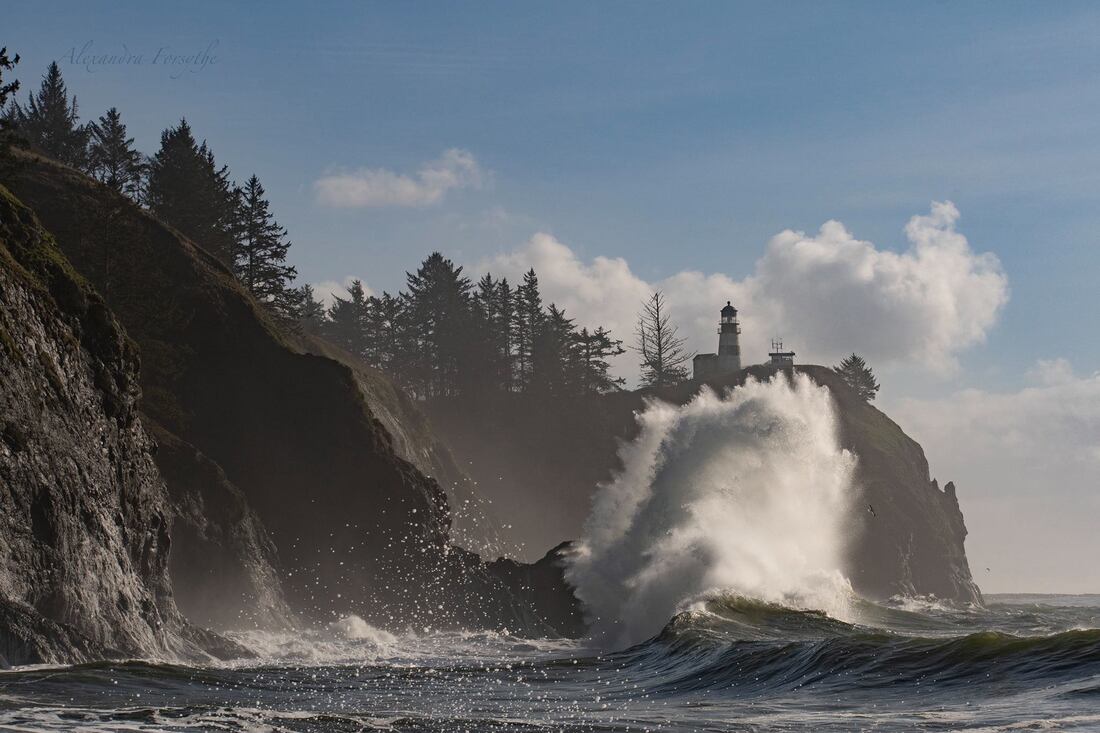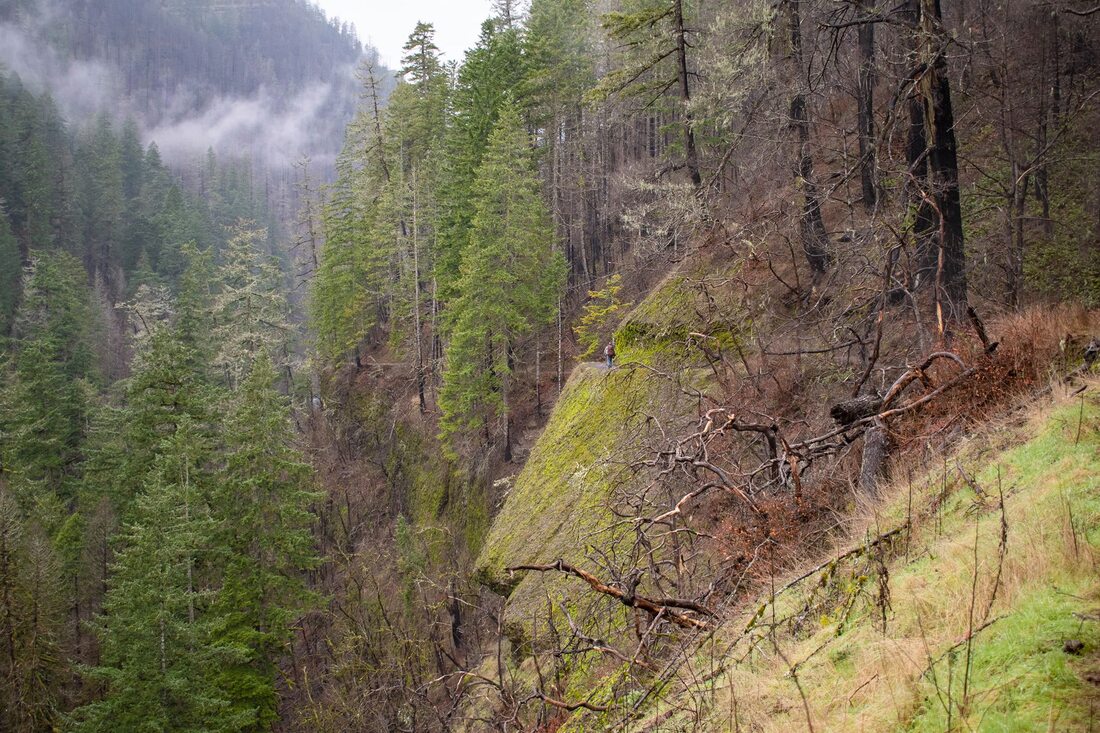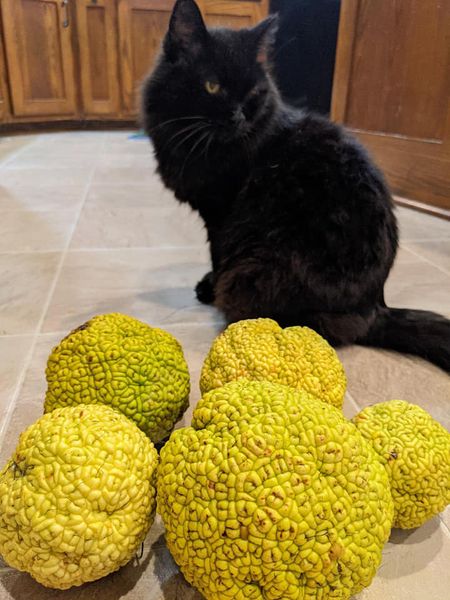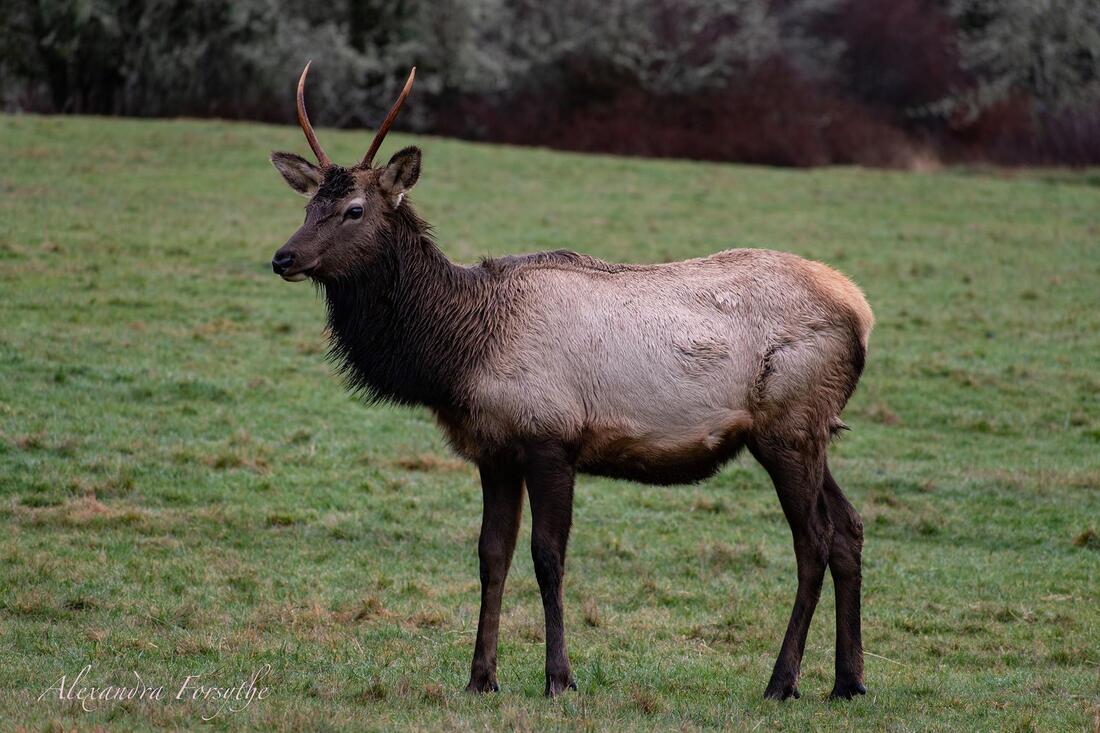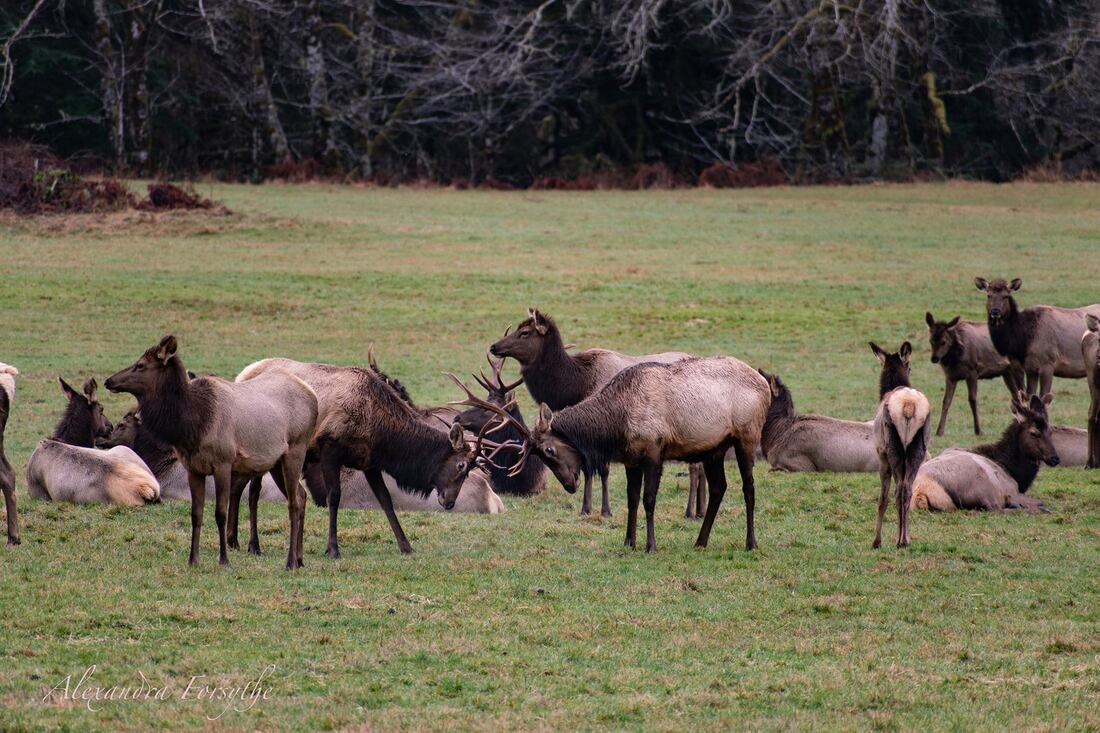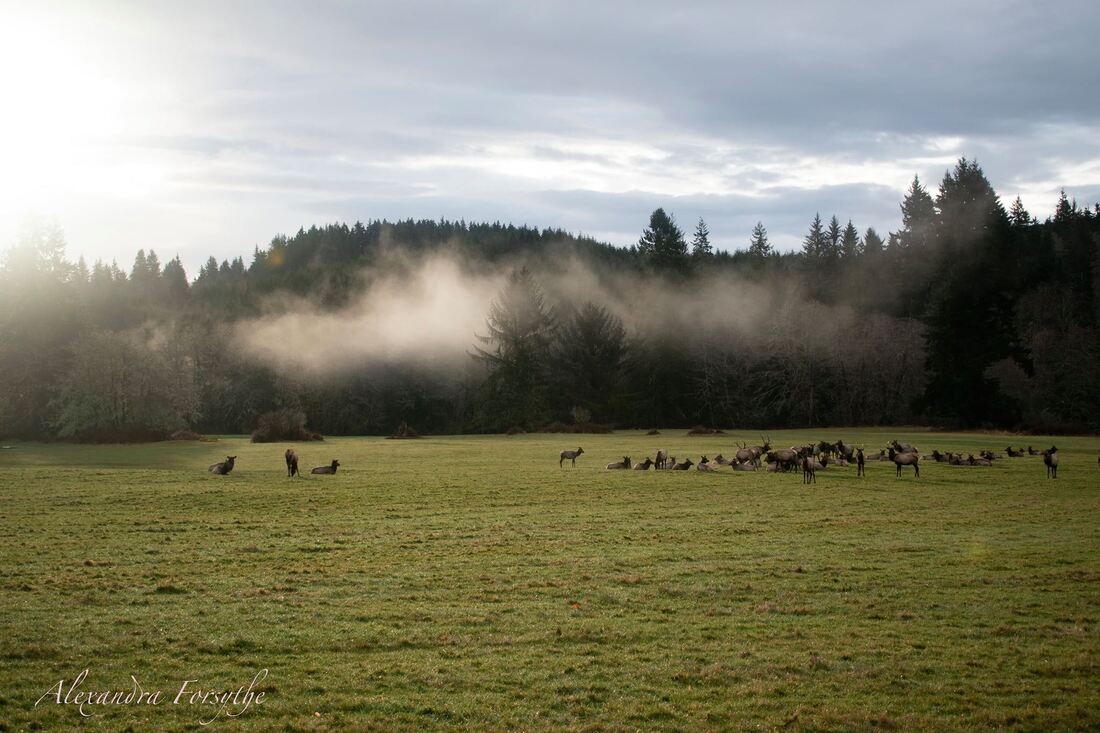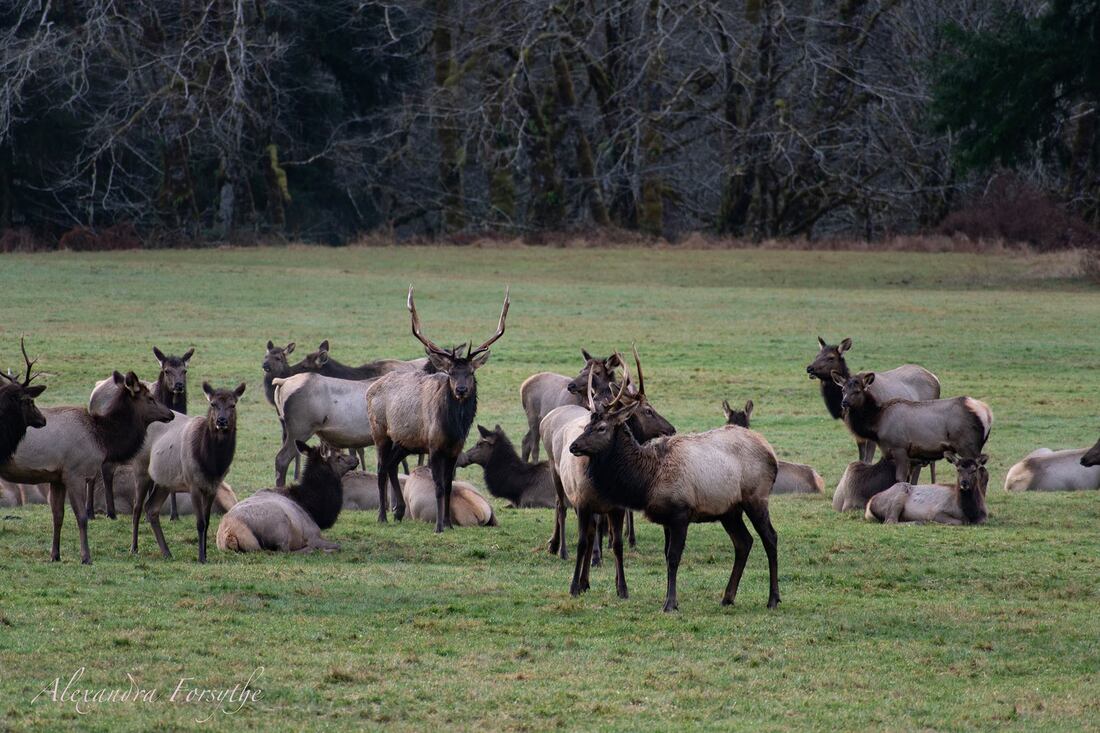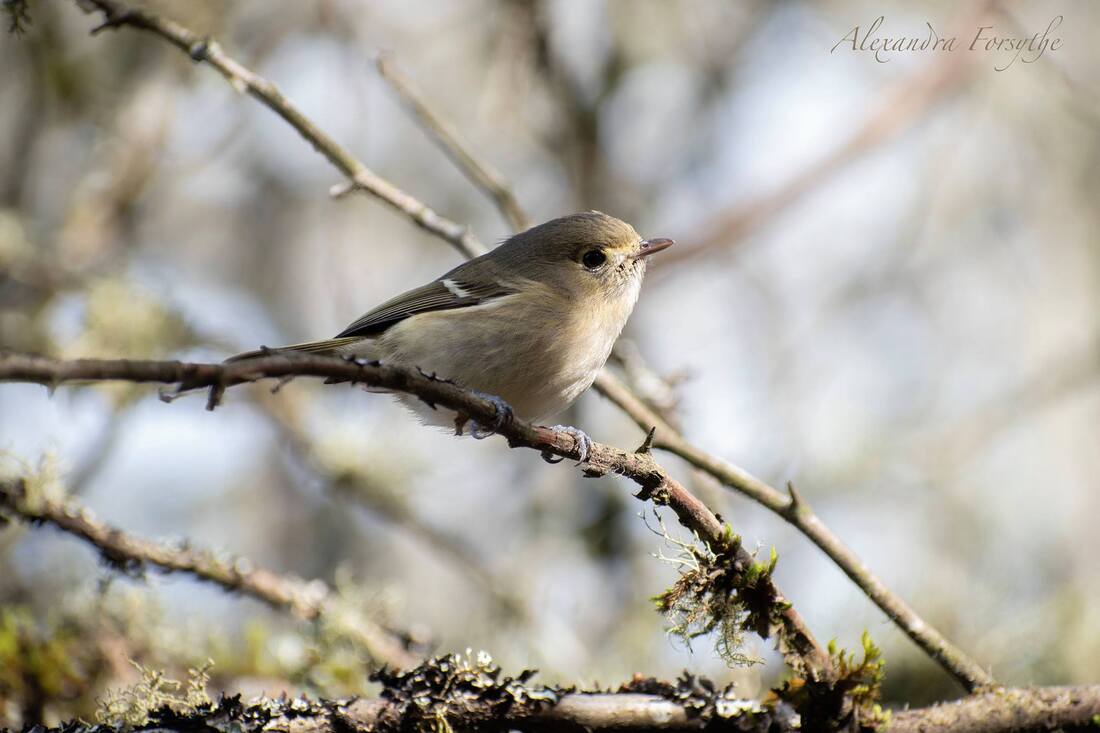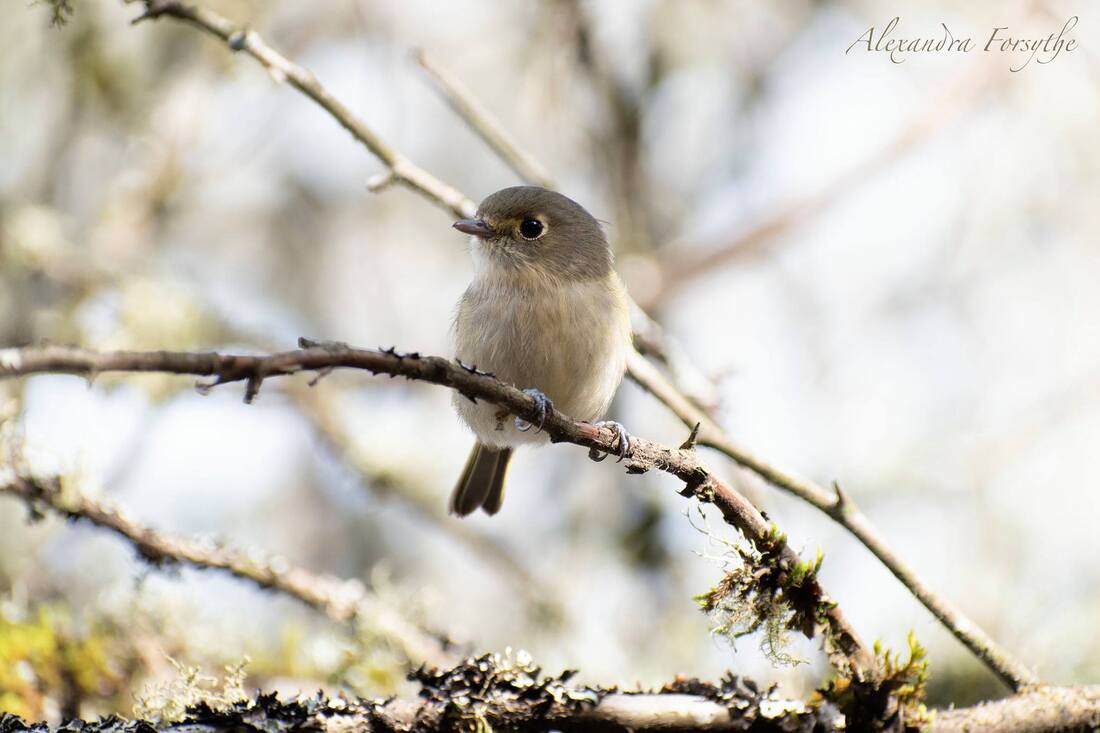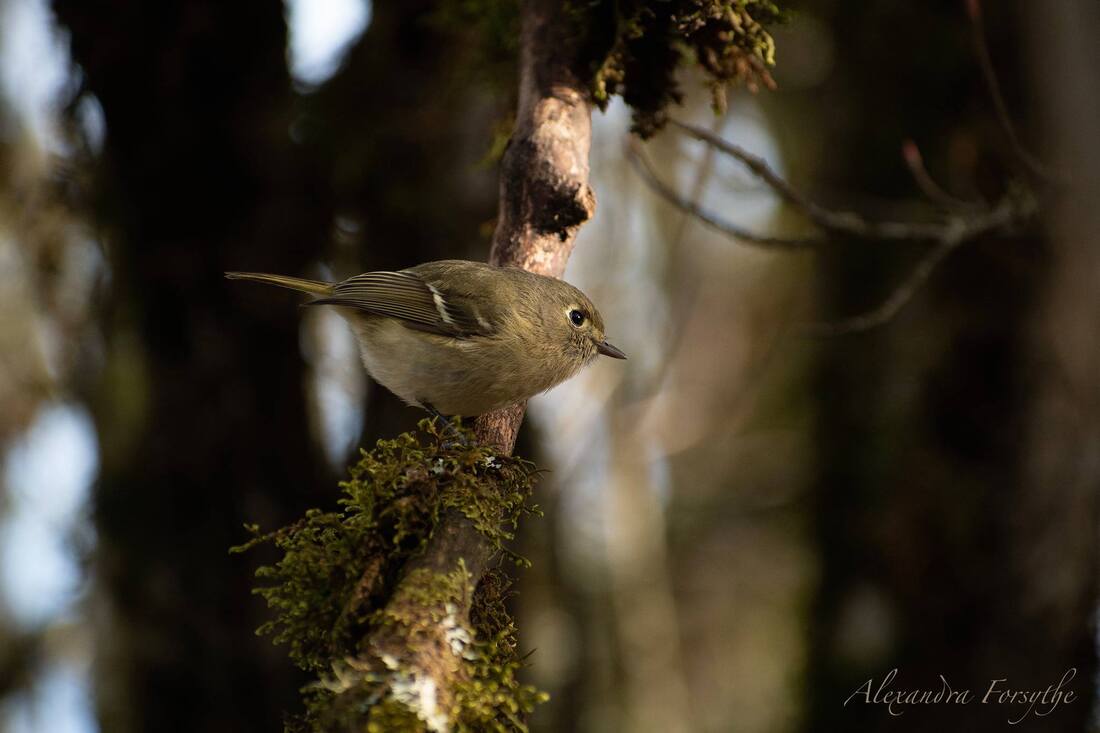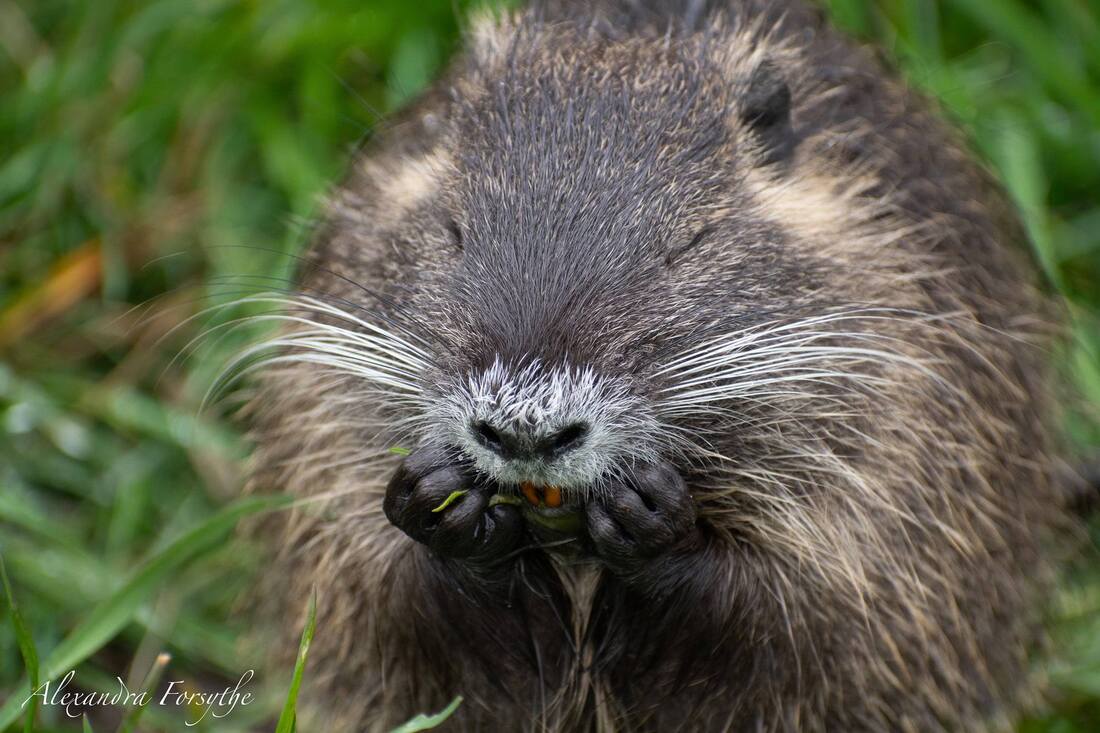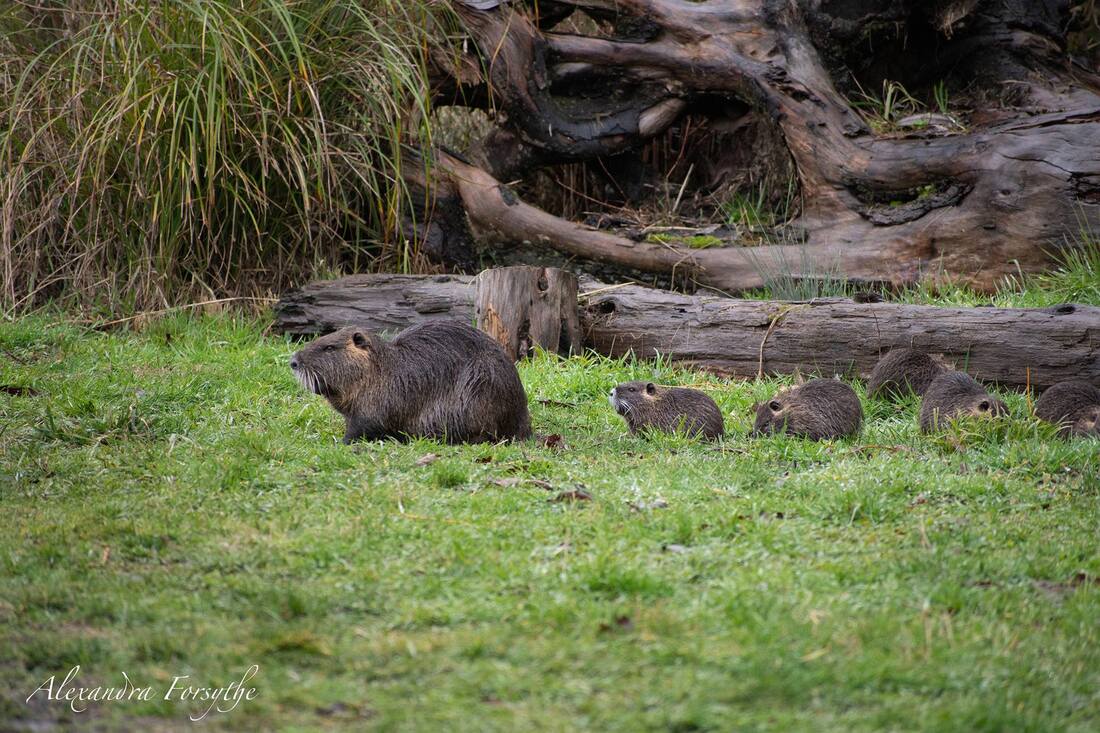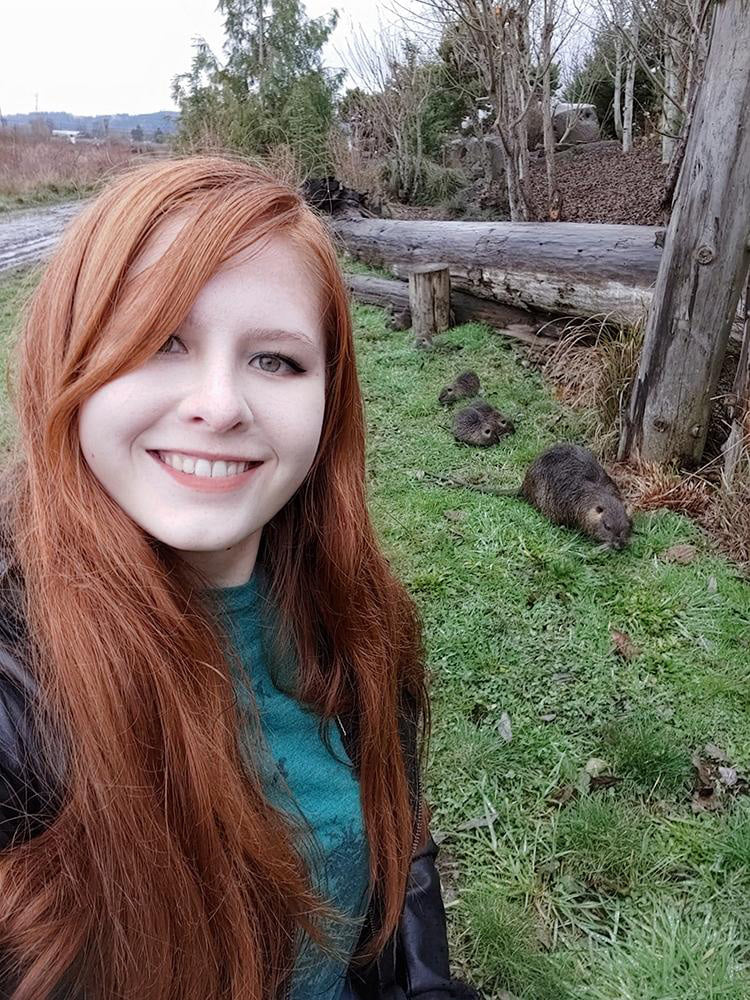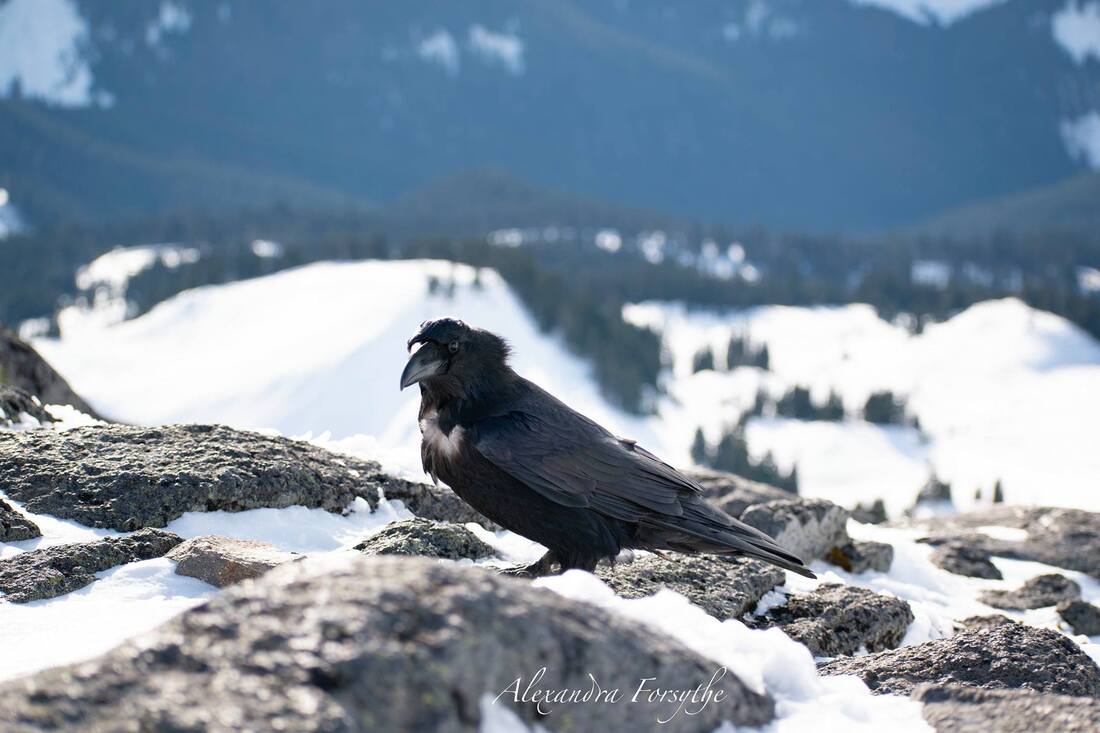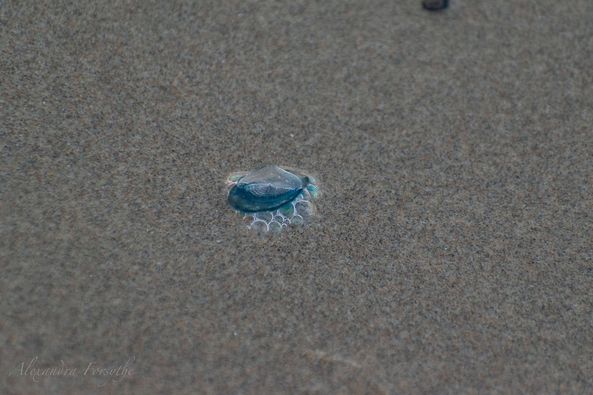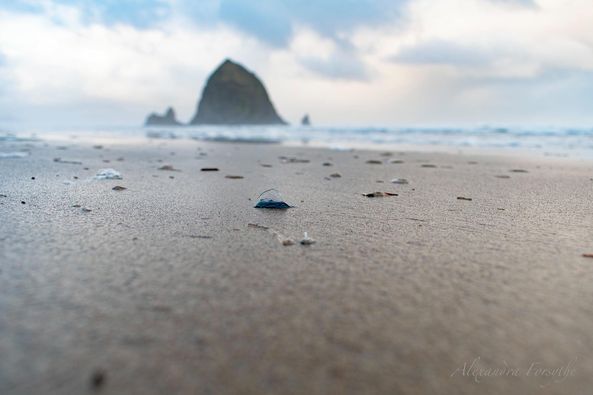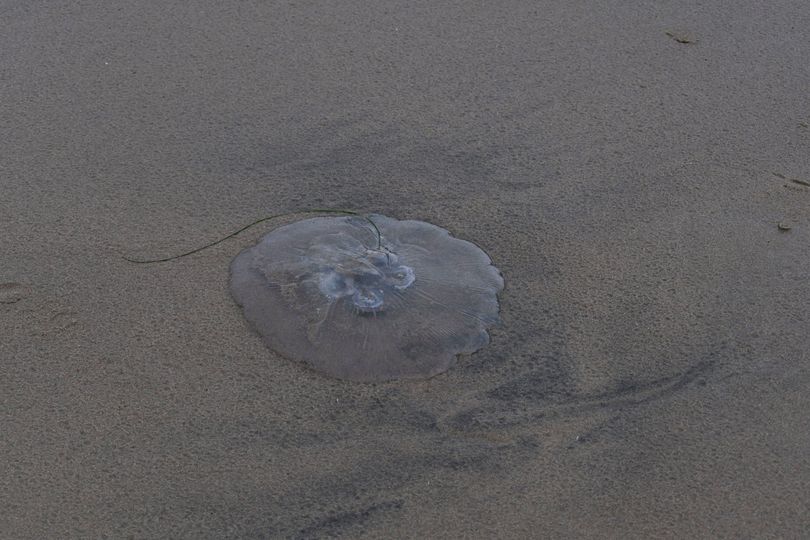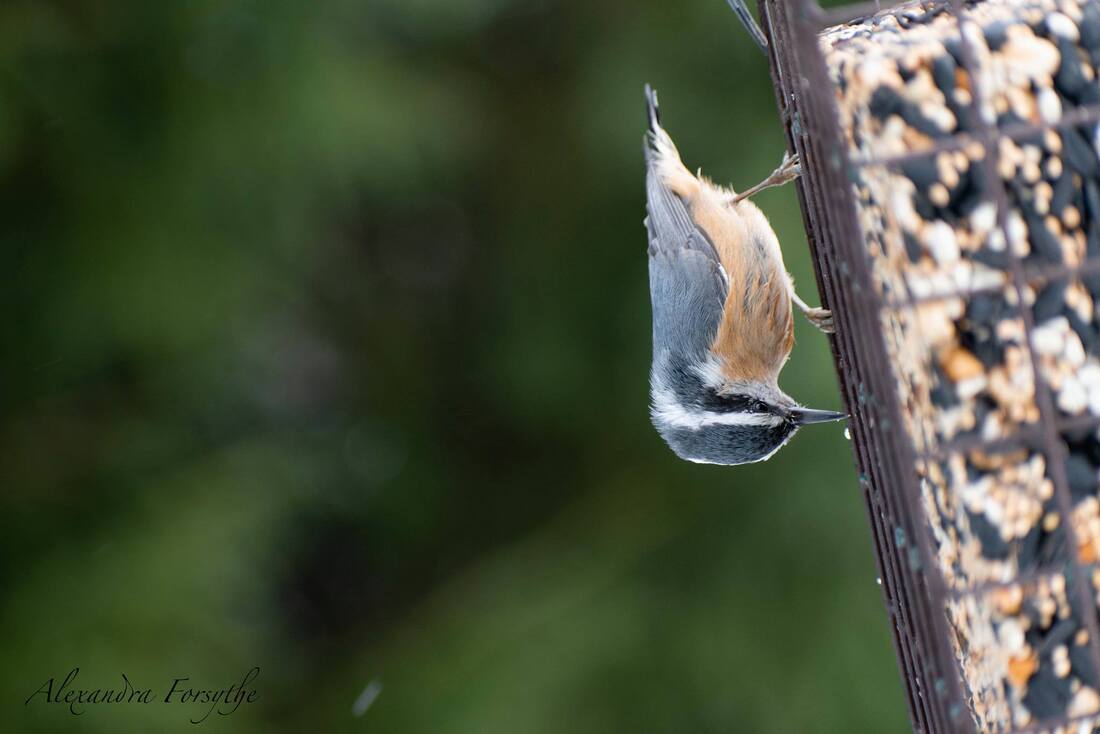All of the waves were higher than normal during the days I was there due to a phenomenon called "king tide" (or perigean spring tide). The king tide is the highest high tide of the year, and it occurs when the sun, moon, and earth are positioned in such a way that their respective gravitational pulls cause the tides to go far beyond the normal high water mark.
This year, king tide was Monday through Wednesday of this past week. The storms on Monday provided winds, dark clouds, and drama. The blue skies on Wednesday allowed the colors and beauty of the ocean waves to shine through.
I hope you enjoy looking at the photos as much as I enjoyed taking them!
